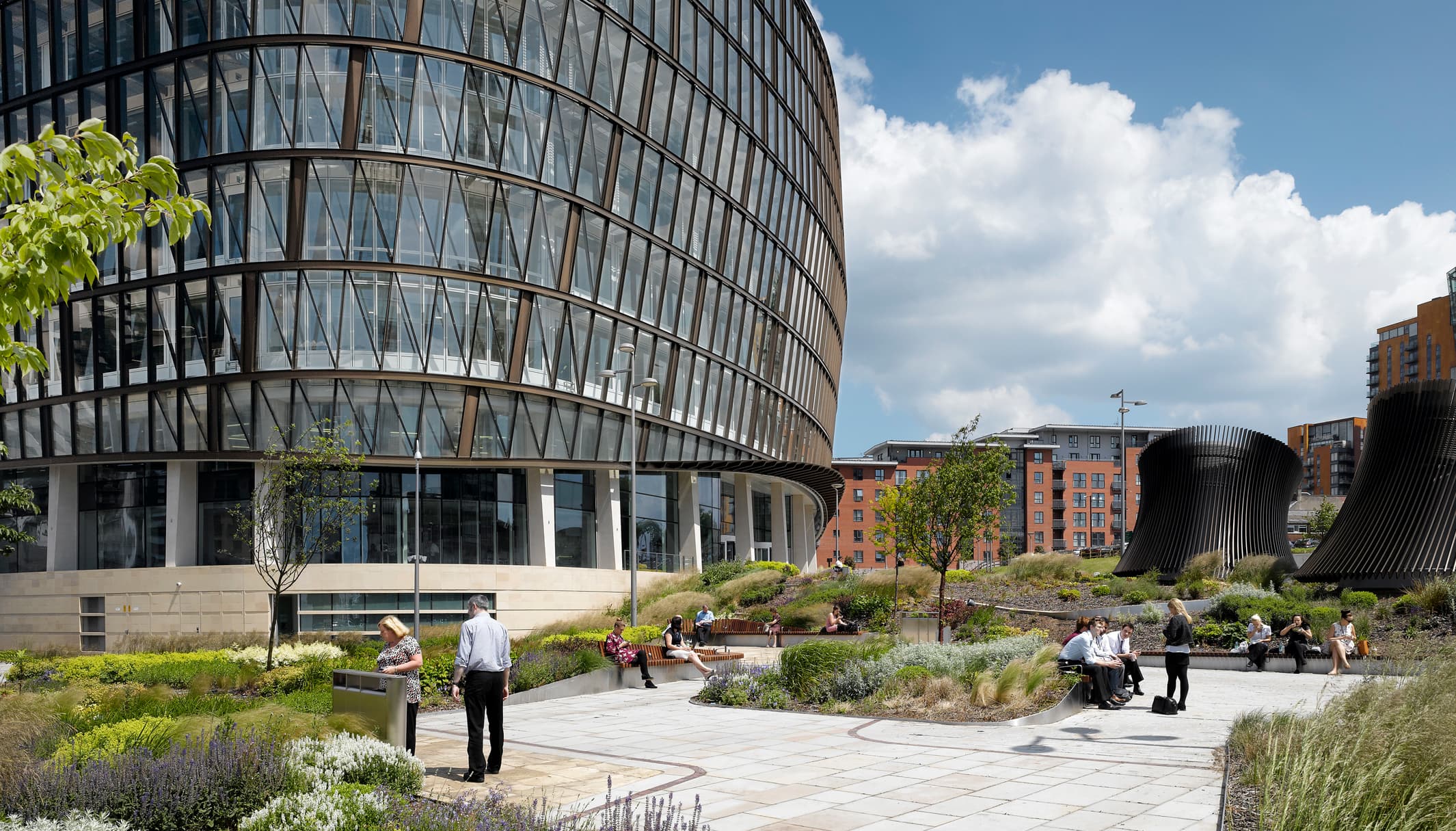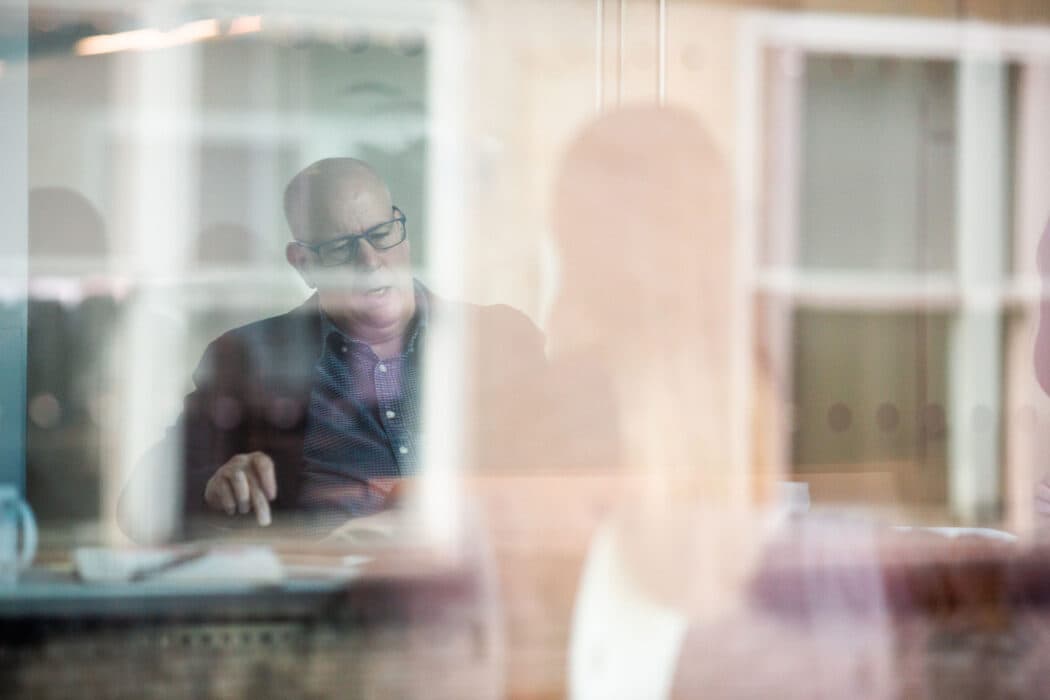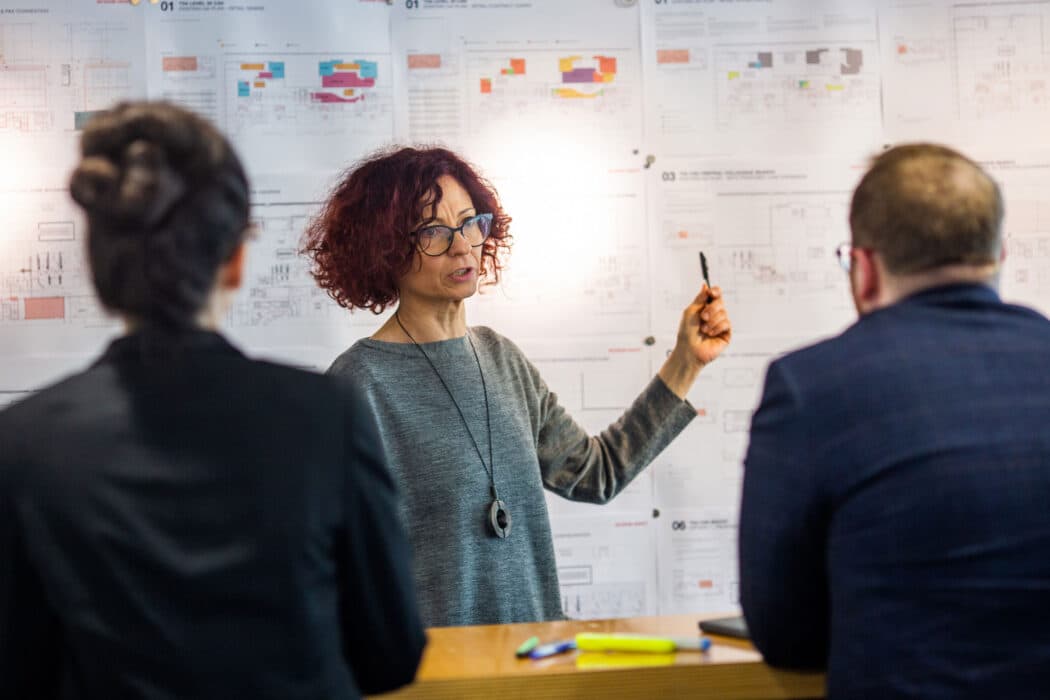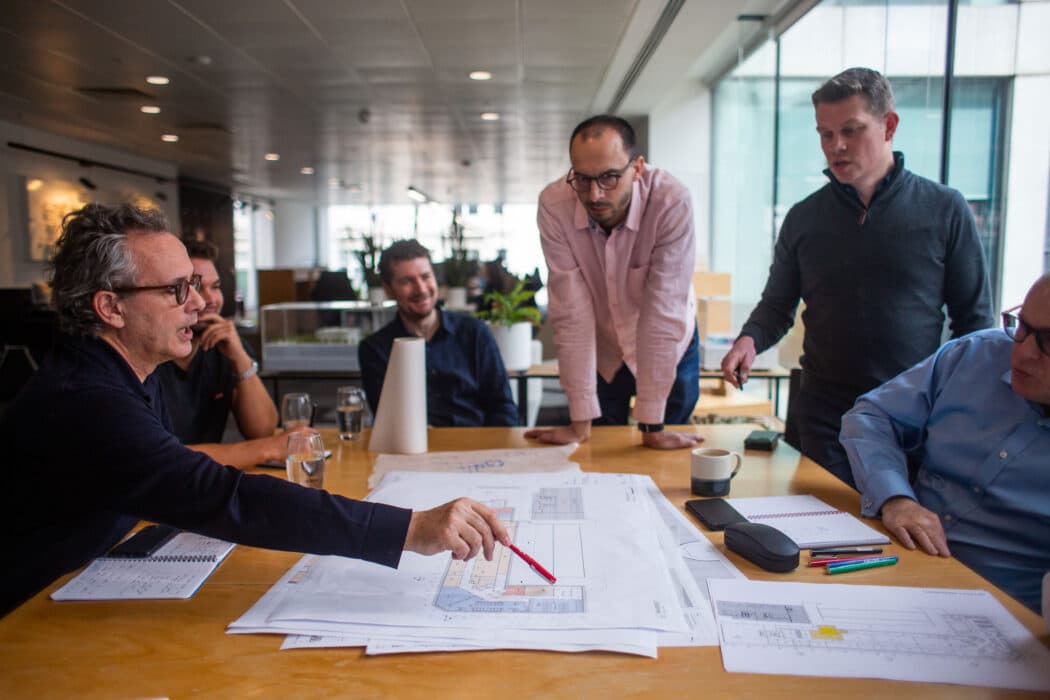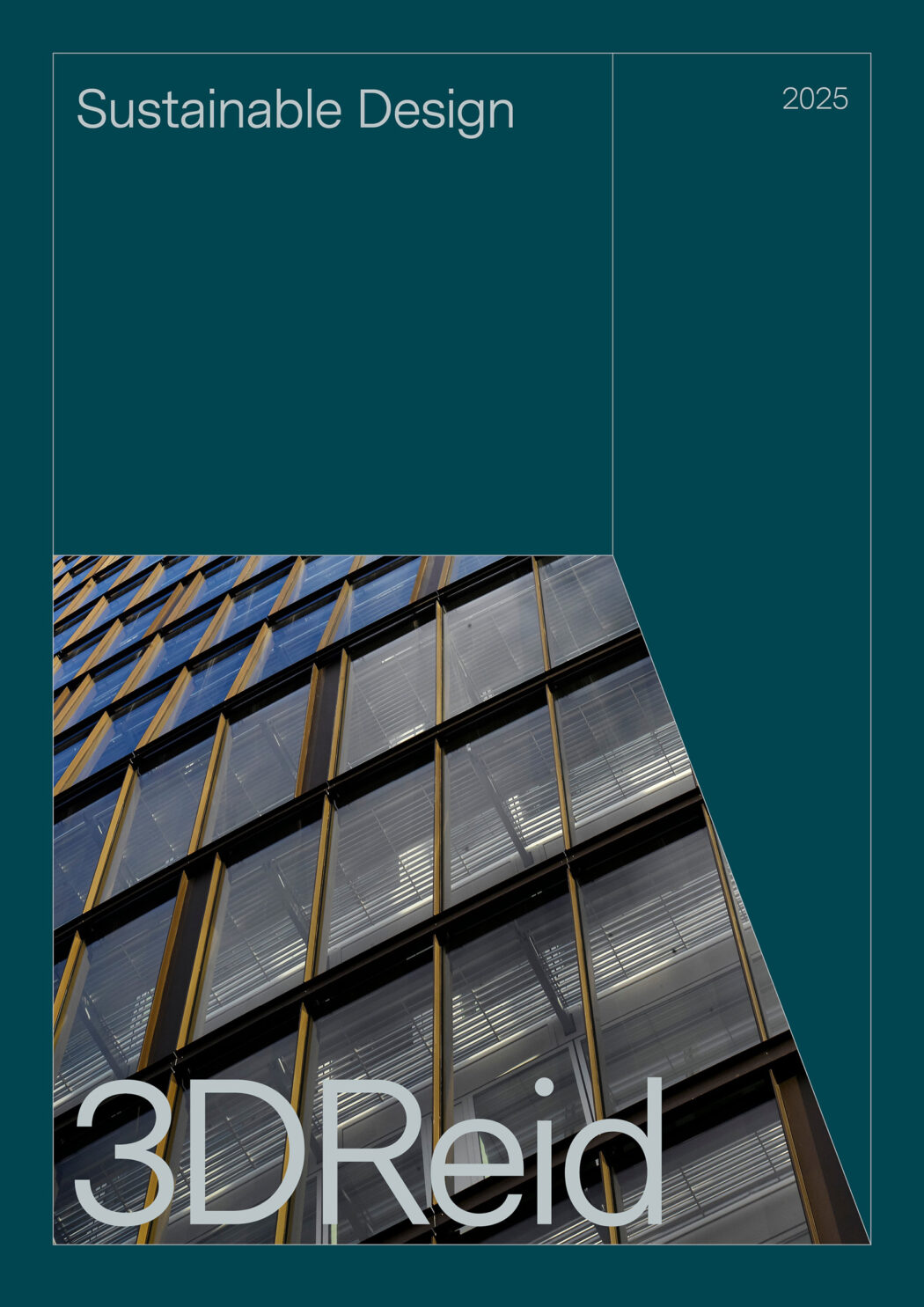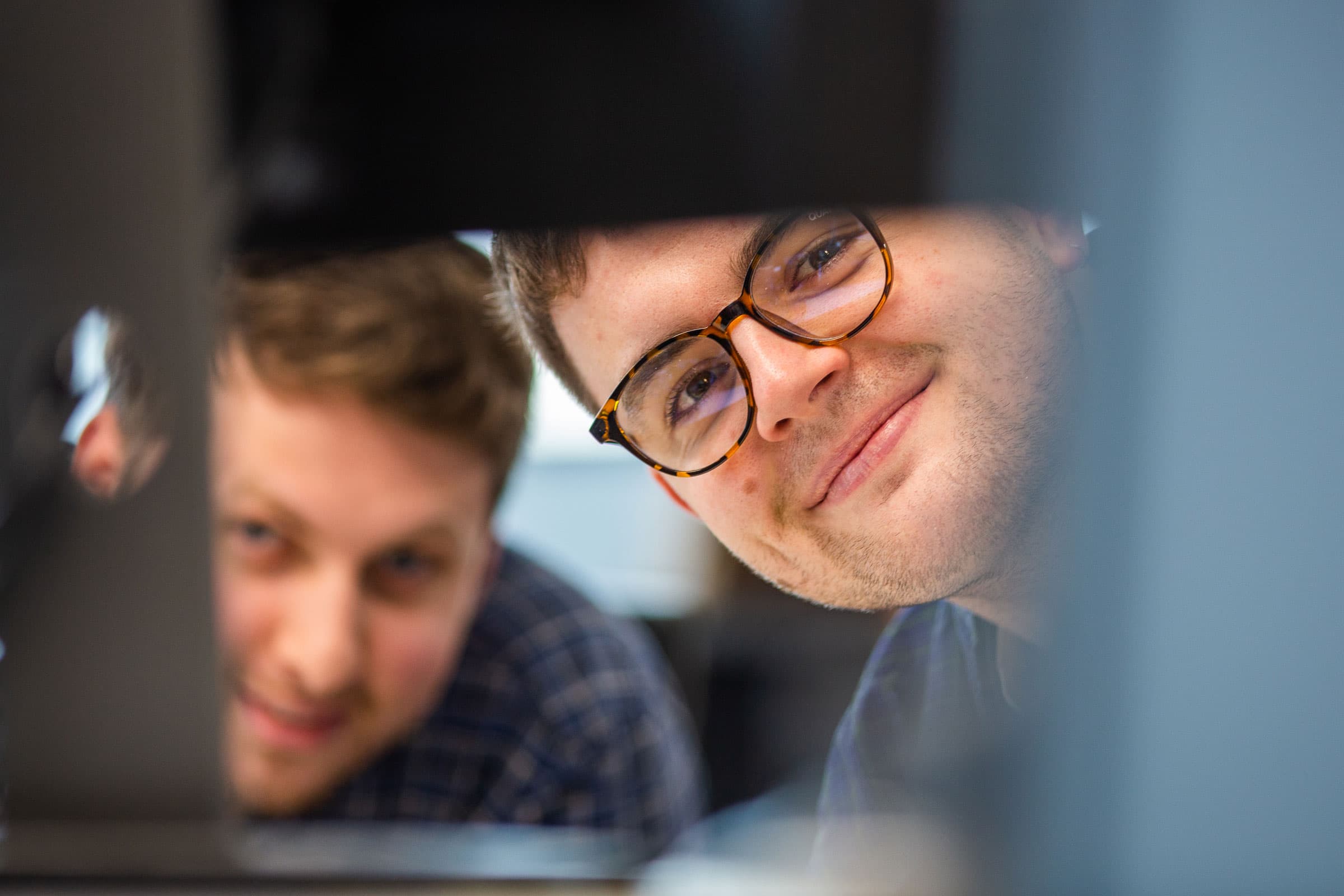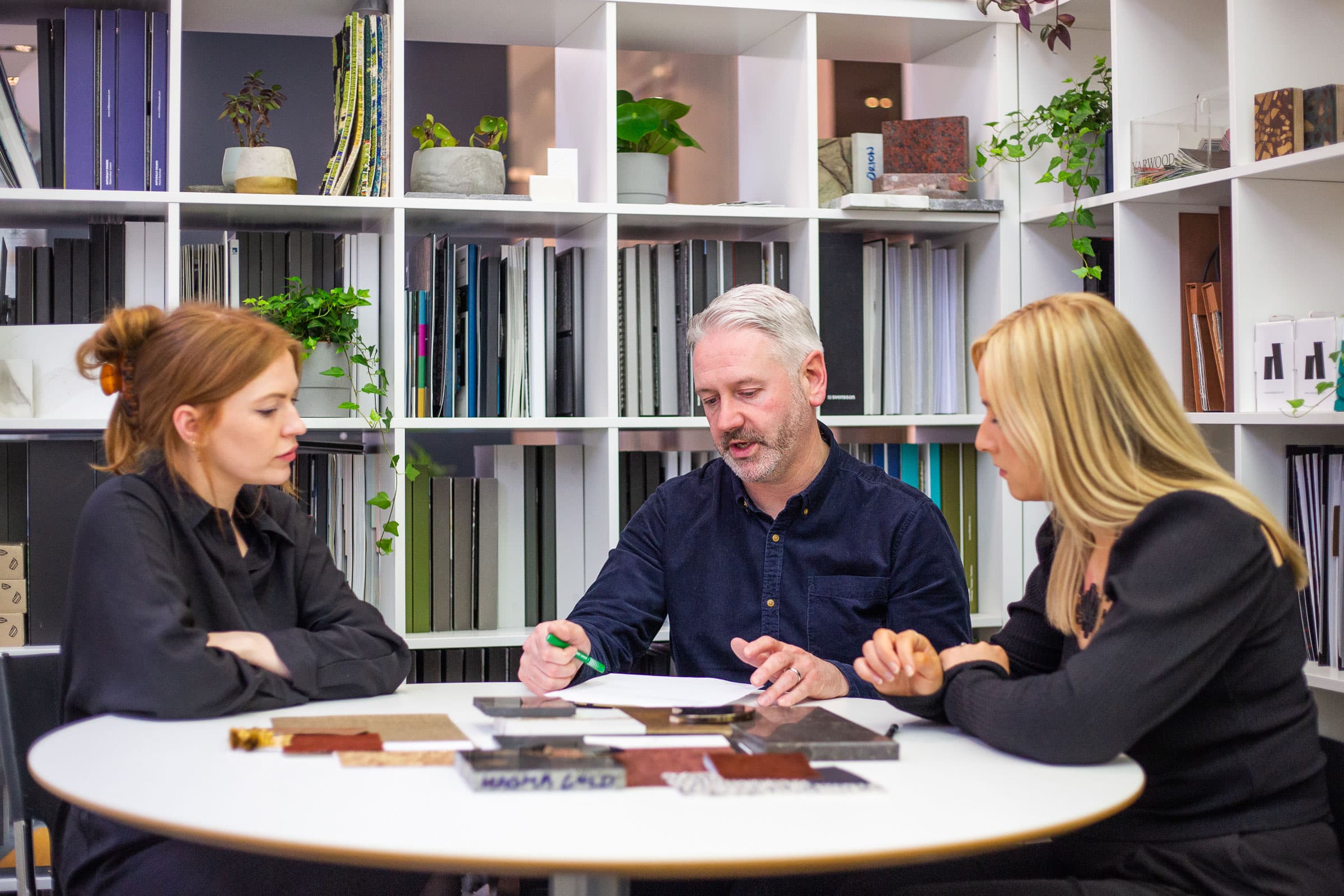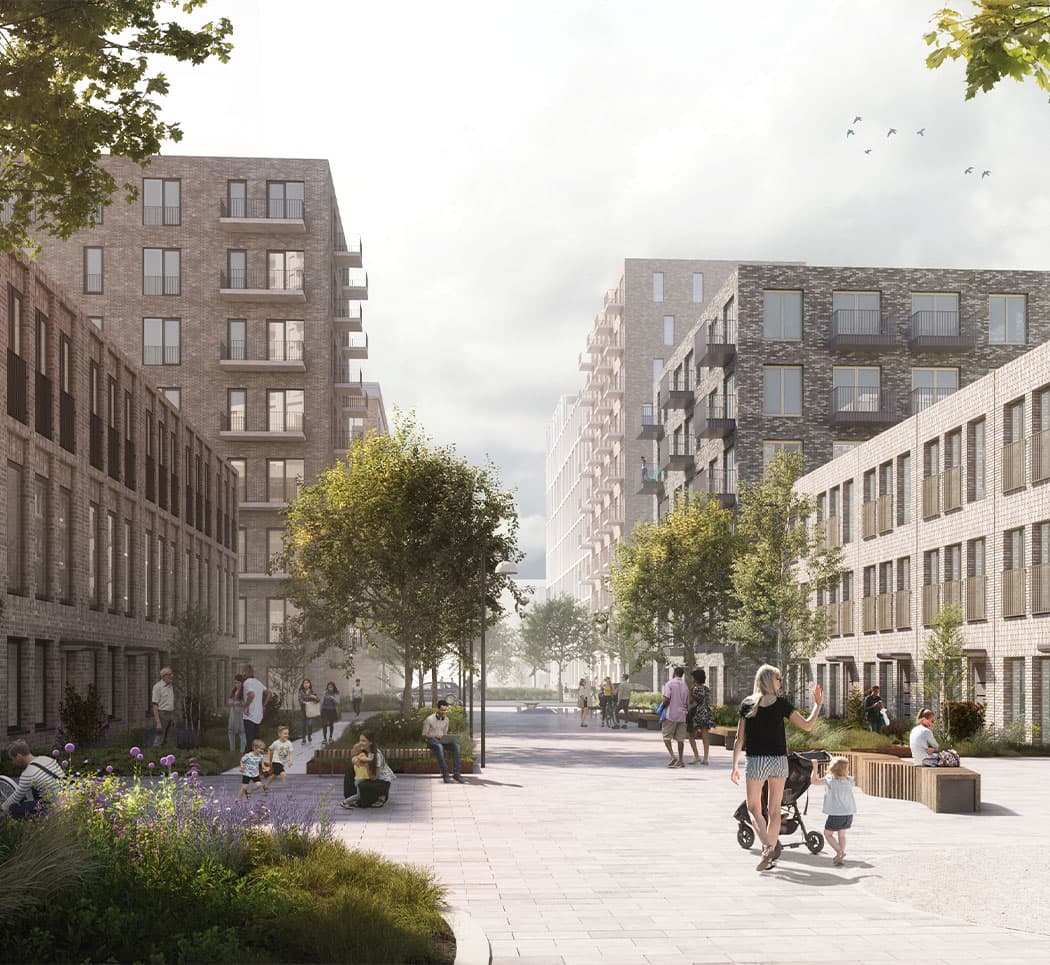Sustainable Design Brochure
We see sustainability as designing for the long run; shaping buildings and communities for liveability, accessibility, and lasting value. For example, the Cooperative Headquarters in Manchester’s NOMA district has excellent BREEAM performance but is also a strong—and now proven—anchor for urban regeneration. Over the last year, we have reinforced our overall approach—including our skills in contextual architecture and masterplanning—with a focus on low energy design, and our team of Passivhaus Designers has expanded to match.
Above all, we look to assist clients to get the best out of what is already there, adding to it in an informed and inspiring way, and enjoying the process.
If you would like to have a conversation with us about any aspect of sustainable design, please do get in touch.


